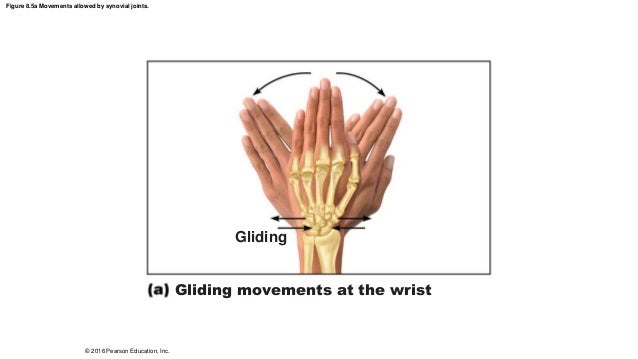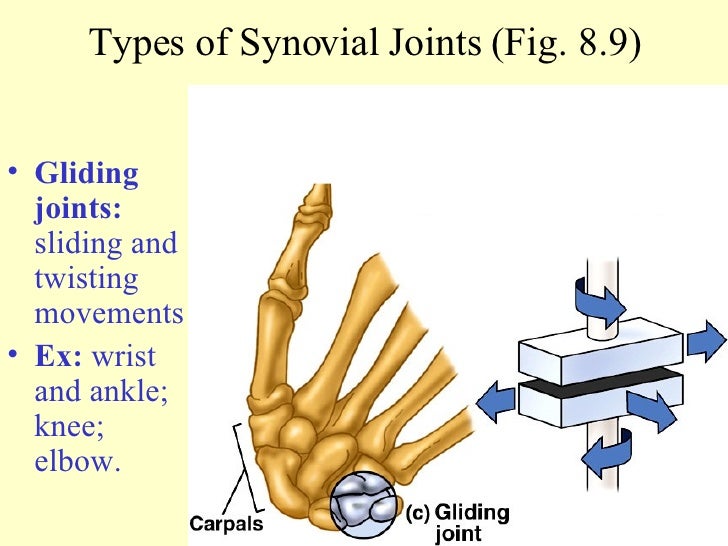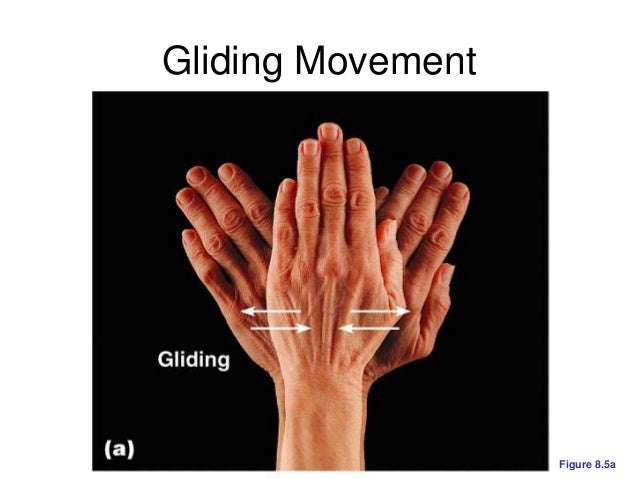


Signal amplification by peptide-induced peptide secretion explains how a small number of sensory secretory cells lacking processes and synapses can evoke a wave of peptide secretion across the entire animal to globally arrest ciliary beating and allow pausing during feeding. Pausing behavior propagates from animal to animal across distances much greater than the signal that diffuses from just one animal, so we presume that the peptides secreted from one animal elicit secretion from nearby animals. Trichoplax pausing during feeding or spontaneously in the absence of food often induce their neighbors to pause as well, even neighbors not in direct contact. Each bears a cilium likely to be chemosensory and used to detect algae. These cells are embedded in the ventral epithelium, where they comprise only 4% of the total, and are concentrated around the edge of the animal. Antibodies against these neuropeptides label cells that express the neurosecretory proteins and voltage-gated calcium channels implicated in regulated secretion.

We found that when endomorphin-like peptides are applied to an animal, ciliary beating is arrested, mimicking natural feeding pauses. It glides along surfaces to find food, propelled by beating cilia on cells at its ventral surface, and pauses during feeding by arresting ciliary beating. Trichoplax displays a repertoire of different feeding behaviors despite the apparent absence of a true nervous system with electrical or chemical synapses. Trichoplax adhaerens is a flat, millimeter-sized marine animal that adheres to surfaces and grazes on algae.


 0 kommentar(er)
0 kommentar(er)
